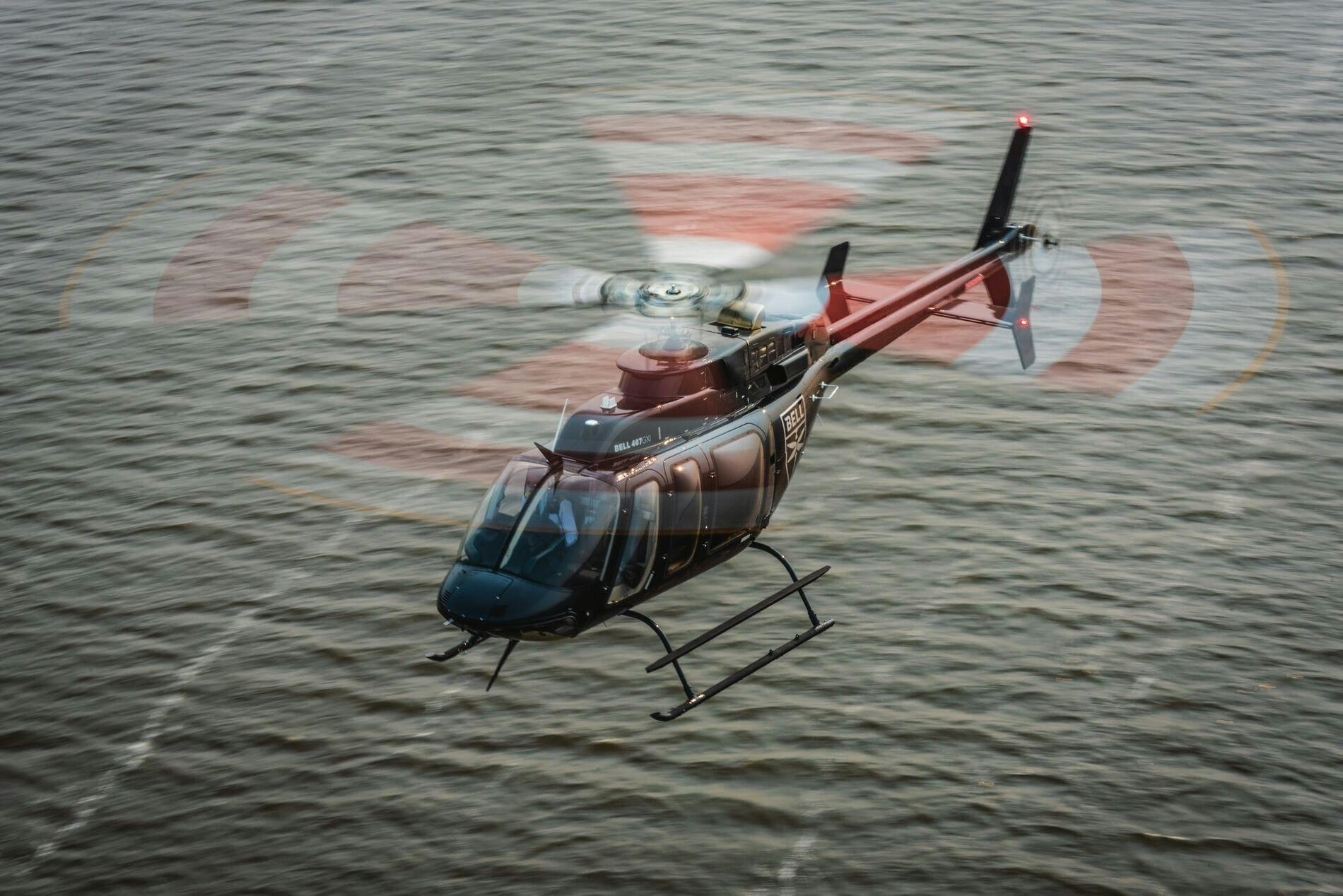
AeroGenie — Uw intelligente copiloot.
Trending
Categories
Airbus Says Delivery Target Depends on Engine Availability
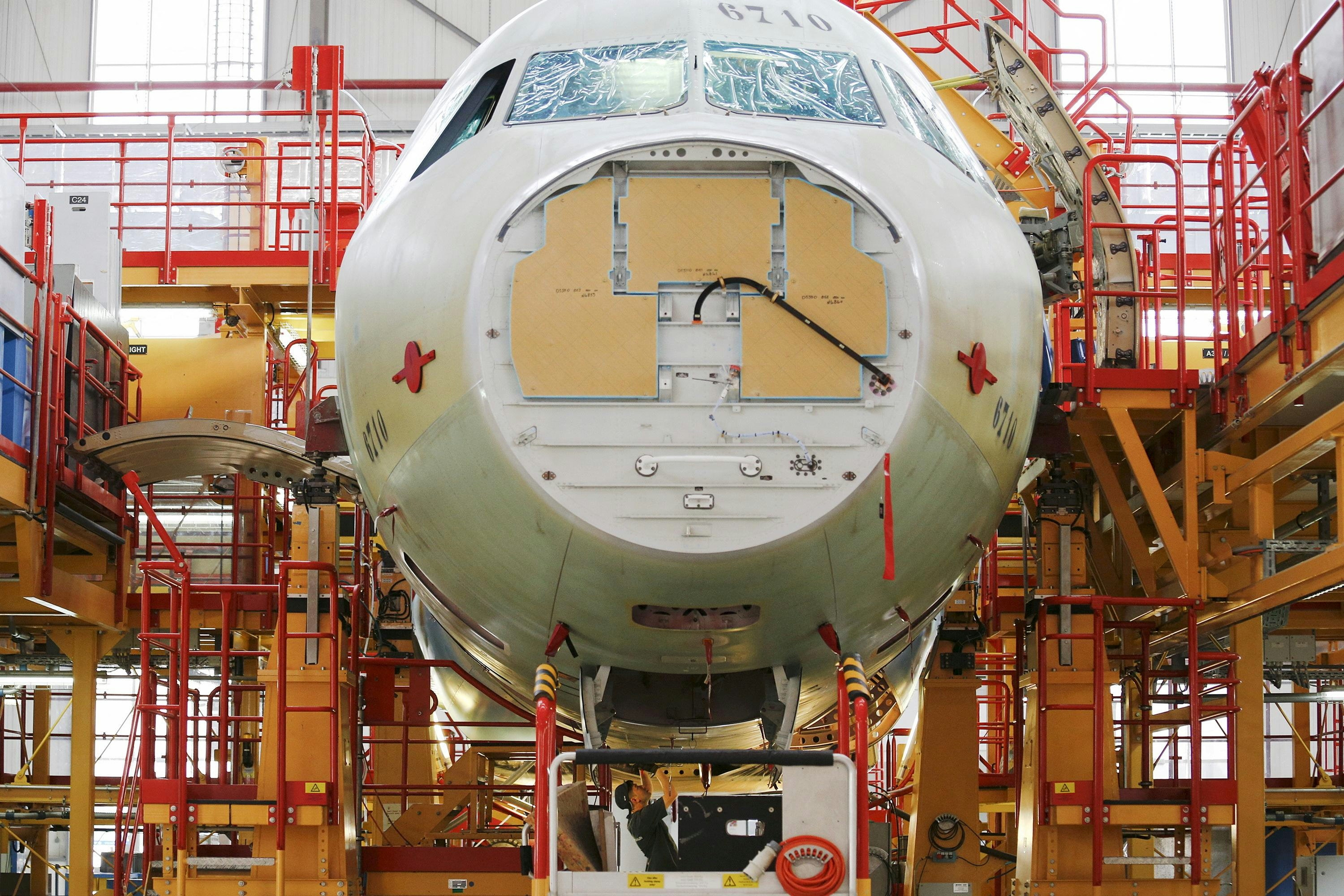
Airbus Delivery Outlook Contingent on Engine Supply, CEO Confirms
Airbus SE’s ability to meet its ambitious aircraft delivery target for 2025 is heavily dependent on the availability of engines, Chief Executive Officer Guillaume Faury stated. The European aerospace giant aims to deliver up to 820 aircraft this year, but ongoing shortages of powerplants have compelled the company to park dozens of completed jets at its facilities, awaiting engines from suppliers.
Engine Supply Challenges Impacting Production
Addressing an aviation conference hosted by the US Chamber of Commerce, Faury noted that Airbus met its internal delivery goals in July and August, positioning the company well for the remainder of the year. Nevertheless, he stressed that the company’s success remains “conditional” on engine manufacturers, particularly CFM International and Pratt & Whitney, fulfilling their delivery commitments on schedule. “It’s not an easy place to be, it’s stressful,” Faury acknowledged, adding that Airbus is currently “a bit behind” on its handover targets.
The most significant bottleneck has affected the A320neo family, Airbus’s bestselling single-aisle aircraft. Approximately 60 of these jets are currently grounded without engines, underscoring the severity of the supply chain disruption. Faury expressed cautious optimism that the situation will improve in the second half of the year, with the bottleneck expected to ease by year-end. “It has slightly improved, but there’s still a lot we need to get from the engine makers between now and, let’s say, the end of November to be sure that we can deliver on our forecast,” he explained.
Delivery Targets and Future Prospects
To achieve its annual delivery goal, Airbus must increase its output to nearly 100 aircraft per month for the remainder of 2025, a significant acceleration compared to earlier months. In August alone, the company delivered 61 aircraft, bringing the year-to-date total to 434 units. Industry analysts emphasize that Airbus must sustain this heightened pace to meet its target after a relatively slow start to the year.
Single-aisle jets continue to form the core of Airbus’s commercial portfolio, as well as that of its primary competitor, Boeing. Looking ahead, Airbus is developing a next-generation aircraft expected to enter the market in the latter part of the decade. Faury highlighted that the new model aims to achieve a 25% efficiency improvement over current aircraft, with half of the gains attributed to new engine technology and the remainder to advancements in aerodynamics, wing design, and weight reduction.
While addressing supply chain challenges, Airbus is also monitoring the evolving competitive landscape, particularly the emergence of Chinese manufacturers in the commercial aviation sector. Despite these pressures, Faury remains confident that, provided engine deliveries improve, Airbus can fulfill its delivery commitments for the year.

Europe Advances Aviation Sustainability Through SAF Mandates and Innovation

Lufthansa's Fleet Plans for 2025
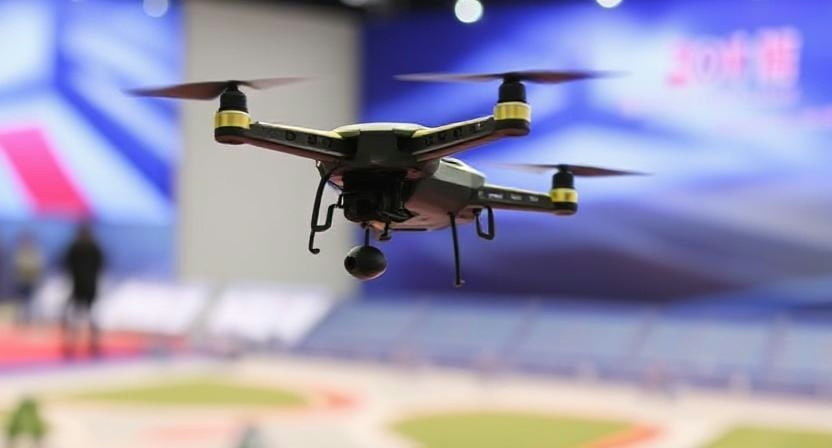
Fifteenth National Games Model Aviation Finals in Longhua Showcase Drone Sports and Innovation

Brazilian Woman Becomes First Female Captain of Airbus A380
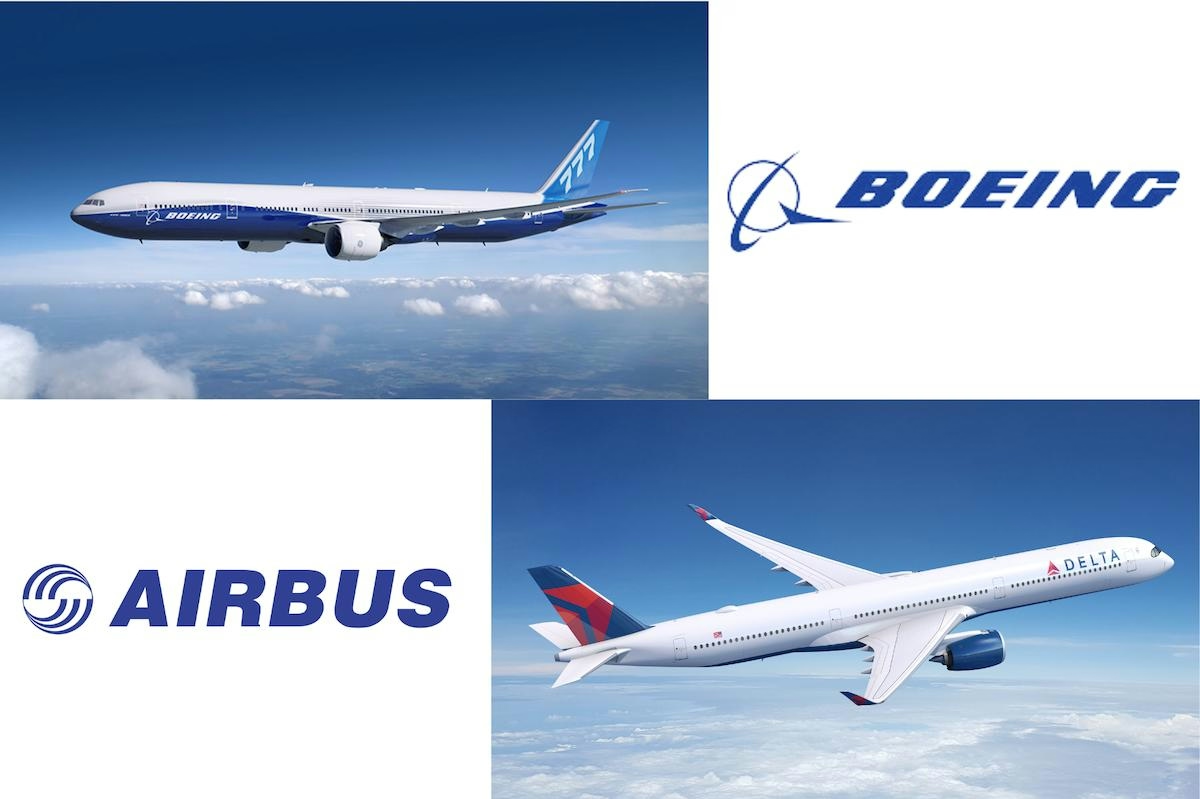
Airbus and Boeing: Comparing Their Global Reach

Vietjet Orders 100 Airbus A321neo Jets, Strengthening UK-Vietnam Strategic Partnership

The Aircraft Set to Replace the Iconic Superjumbo

Delta Air Lines Introduces AI-Powered Concierge Service
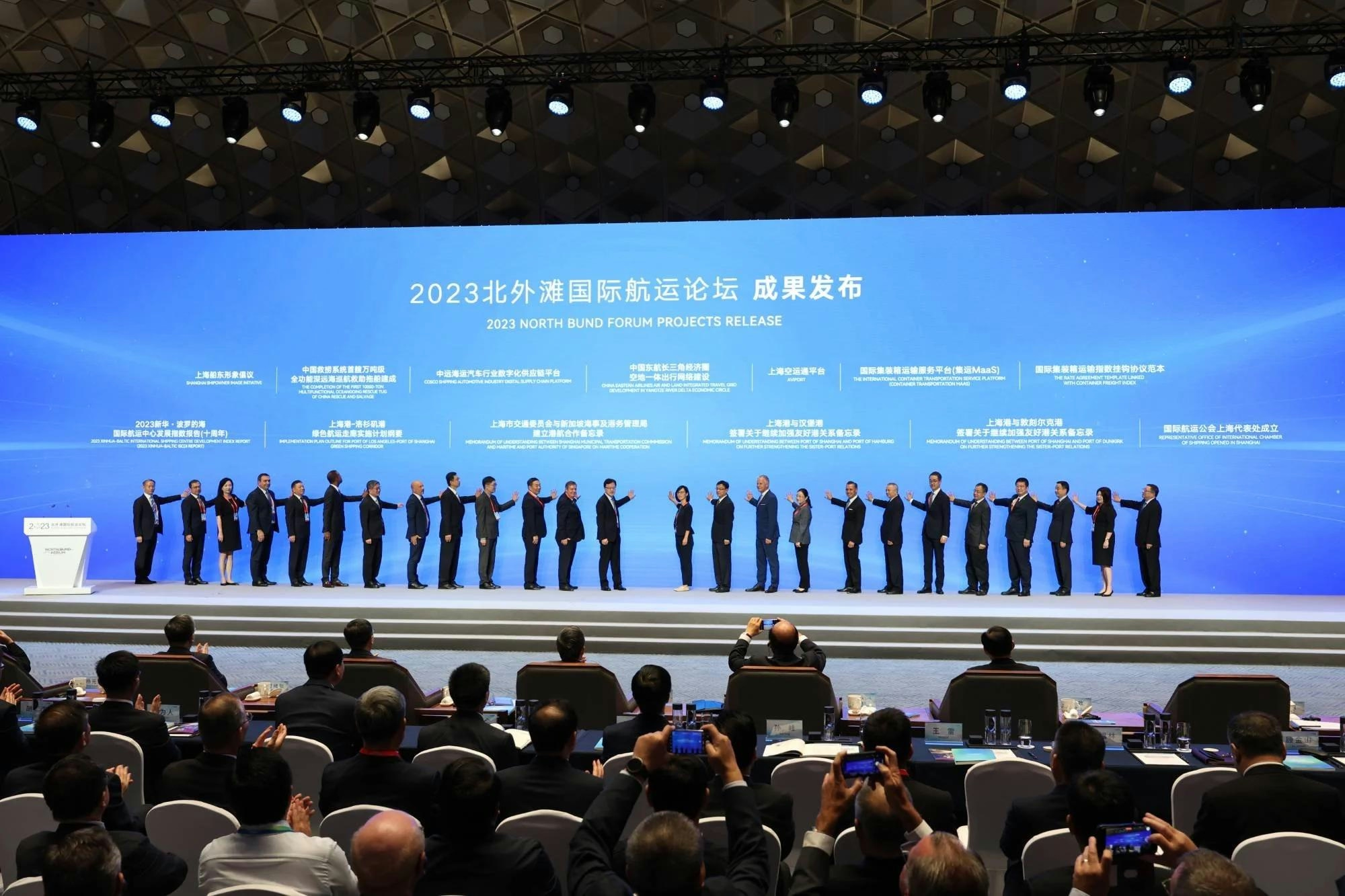
Shanghai to Host 2025 North Bund International Aviation Forum
